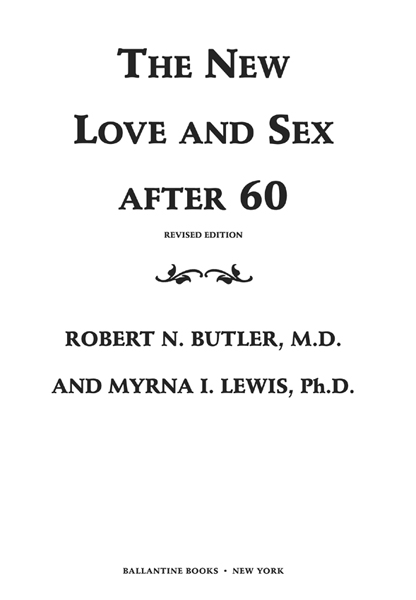Also by Robert N. Butler, M.D.,
and Myrna I. Lewis, Ph.D.
A GING AND M ENTAL H EALTH
(Fifth Edition)
(with Trey Sunderland, M.D.)
Also by Robert N. Butler, M.D.
W HY S URVIVE  B EING O LD IN A MERICA
B EING O LD IN A MERICA
H UMAN A GING(coauthor)
L IFE IN AN O LDER A MERICA(coauthor)
L ONGEVITY AND Q UALITY OF L IFE:
O PPORTUNITIES AND C HALLENGES(coauthor)
A Ballantine Book
Published by The Ballantine Publishing Group
Copyright 1976, 1988, 1993, 2002 by Robert N. Butler and Myrna I. Lewis
All rights reserved under International and Pan-American Copyright Conventions. Published in the United States by The Ballantine Publishing Group, a division of Random House, Inc., New York, and simultaneously in Canada by Random House of Canada Limited, Toronto.
Originally published by Harper & Row Publishers in 1976. Revised editions published in 1988 by Harper & Row Publishers and in 1993 by The Ballantine Publishing Group, a division of Random House, Inc.
Ballantine is a registered trademark and the Ballantine colophon is a trademark of Random House, Inc.
www.ballantinebooks.com
Library of Congress Card Number: 2001118401
eISBN: 978-0-307-78917-4
Text design by Holly Johnson
v3.1


C ONTENTS


P REFACE
We are in the midst of a longevity revolution. In the past century, Americans have gained an additional thirty years of life. This is more than has been achieved in the preceding five thousand years of human history! Increases in life expectancy in the industrialized world are continuing to grow and, with any luck, will spread to the developing world as well. But few have begun to absorb what this means in our personal lives. Many of us can now look forward to an additional twenty to thirty years of life after we reach sixty. We can expect to be in at least reasonably good health for much of that timeand health in later life continues to improve. What is needed now is a revolution in our thinking about what it means to be older. Attitudes toward love and sex are a good place to start!
Times have already changed since we wrote the first edition of Love and Sex after Sixty in 1976. A quarter of a century ago the subject made a lot of people uncomfortablein fact, sex for older people was a taboo topic. Typical of this attitude, a major Florida newspaper refused to advertise our books publication, declaring it too prurient for the general public. When we appeared on network television in the late 1970s, the interviewer (now an older woman herself) warned parents to keep their teenagers and small children out of the room, away from the dangerous topic of late-life sexuality. Health professionals admitted that they rarely, if ever, discussed sexuality as part of their medical and psychological evaluation of older people. Physicians and other health-care workers had remarkably little training in human sexuality for any age group. The media treated the subject of sex after sixty with ridicule and disparagementif they addressed it at all. And many older people themselves were unclear about the propriety of sexuality in the latter part of their lives.
In the face of all this negativity, how did we become involved in writing about love and sex after sixty? For years a number of older people had come to see us in our psychotherapy practices, insisting that their sexuality be taken seriously. They wanted advice on how to maintain relationships, whether old or new. They wanted help with physical problems that were interfering with sexual activity. They wanted their families, their doctors, and the world in general to recognize them as full, functioning adults. It dawned on us that they needed a book of their own on the vital topic of late-life sexuality.
Some twenty-five years have passed since then. The subject is no longer taboo. The sexuality of older people has become a generally accepted fact of life, helped along by public figures like Senator Robert Dole openly discussing his erectile problems (connected with prostate cancer) and his relief in being able to do something to resolve them. Great writers like Gabriel Garca Mrquez in Love in the Time of Cholera have chosen the theme of late-life love. Even TV sitcoms now occasionally portray older persons conducting romances and maintaining relationships that plainly involve sexuality.
The baby boomers are an added driving force in liberating later-life sexuality, first as advocates for their parents and soon, as the oldest boomers approach sixty years of age, for themselves. Just as they led the sexual revolution for the young in the 1960s, it is only a matter of time before they notice the need for a wholesale transformation of the meaning of love and sexuality up to the very limits of life itself.
Our aim in this newest edition is to continue to bring people the latest data on the dynamic subject of sexuality as they grow older. Although easy access to reliable and up-to-date information on late-life sexuality still remains problematic, there is much that is new and heartening. The diagnosis and treatment of sexual problems continue to improve. As one example, the options for treating erectile dysfunction in older men have increased dramatically in the past few years, especially with the introduction of the little blue pill, Viagra. A dozen or so new medications are in various stages of clinical trials, waiting to enter the huge market now labeled life enhancement or lifestyle drugs.
Advances in treating male dysfunction are leading to a fresh focus on the sexuality of older women, underscored by a recognition that, because of their longer lives, women represent an even larger pharmaceutical consumer group than men. Market-driven and drug-oriented as these efforts are, they nevertheless hold the promise of serious scrutiny of a topic that previously attracted little research attentionnamely the older female sexual response cycle. The phallocentric era of sexual research with a focus mainly on male erectile capacity is giving way to equal curiosity about women and the conditions that interfere with their sexual expression.
Rapid advances are also occurring in understanding menopause and its impact on the final third of womens lives. The huge Womens Health Initiative sponsored by the National Institutes of Health, the ongoing Boston-based Nurses Health Study, and a wide variety of other public and private research efforts are beginning to provide valuable insights into options for insuring womens health after midlife.
Health professionals, the public, and older people themselves have also become more aware of the continuing importance of emotional relationships as we grow older. What roles do love and sex play in giving meaning to later life? How do you keep a romance going through fifty or more years of a relationship? How do you start all over again after divorce or your partners death? What are the advantages older people bring to the art of love and life? What are the disadvantages? How do you manage problems? Whom do you turn to for information and advice? The ongoing desire for more information led us to the work of revising the material in this book once again. We hope we have supplied some of the answers in this latest edition.


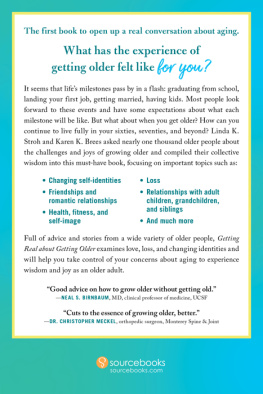
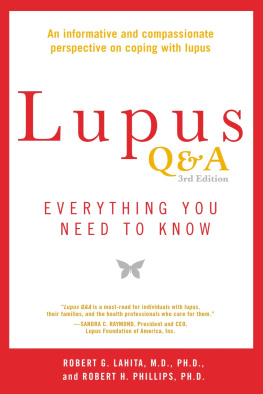
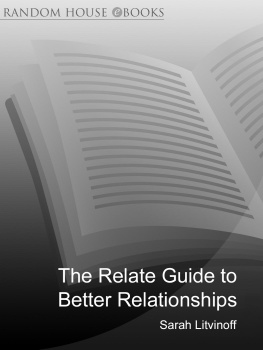
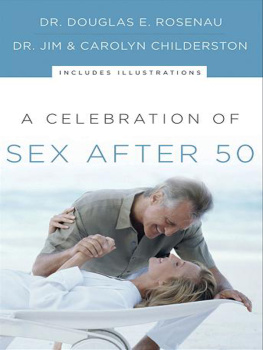

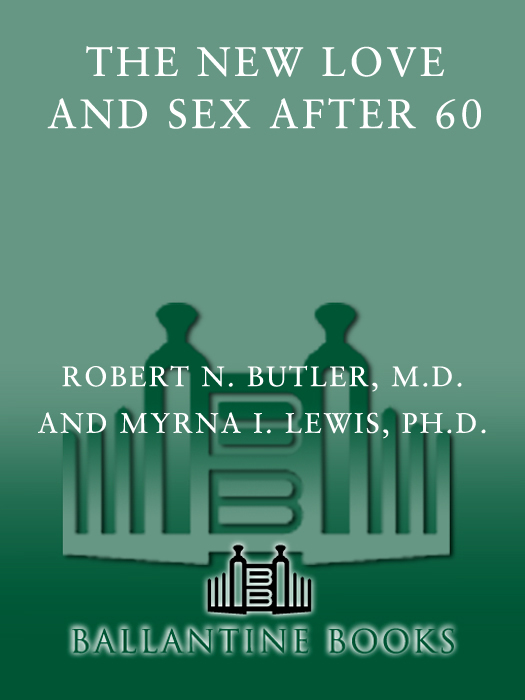
 B EING O LD IN A MERICA
B EING O LD IN A MERICA